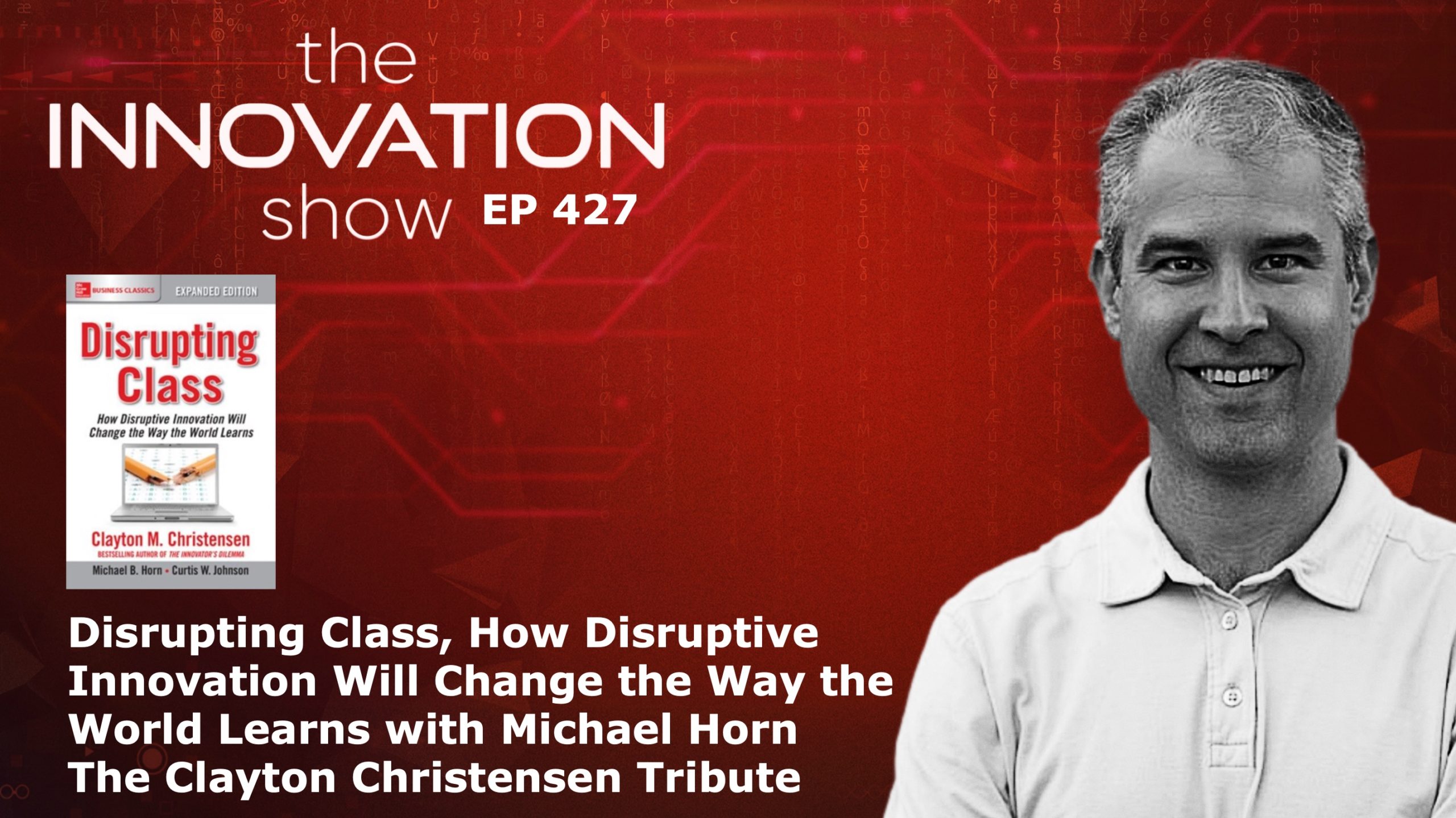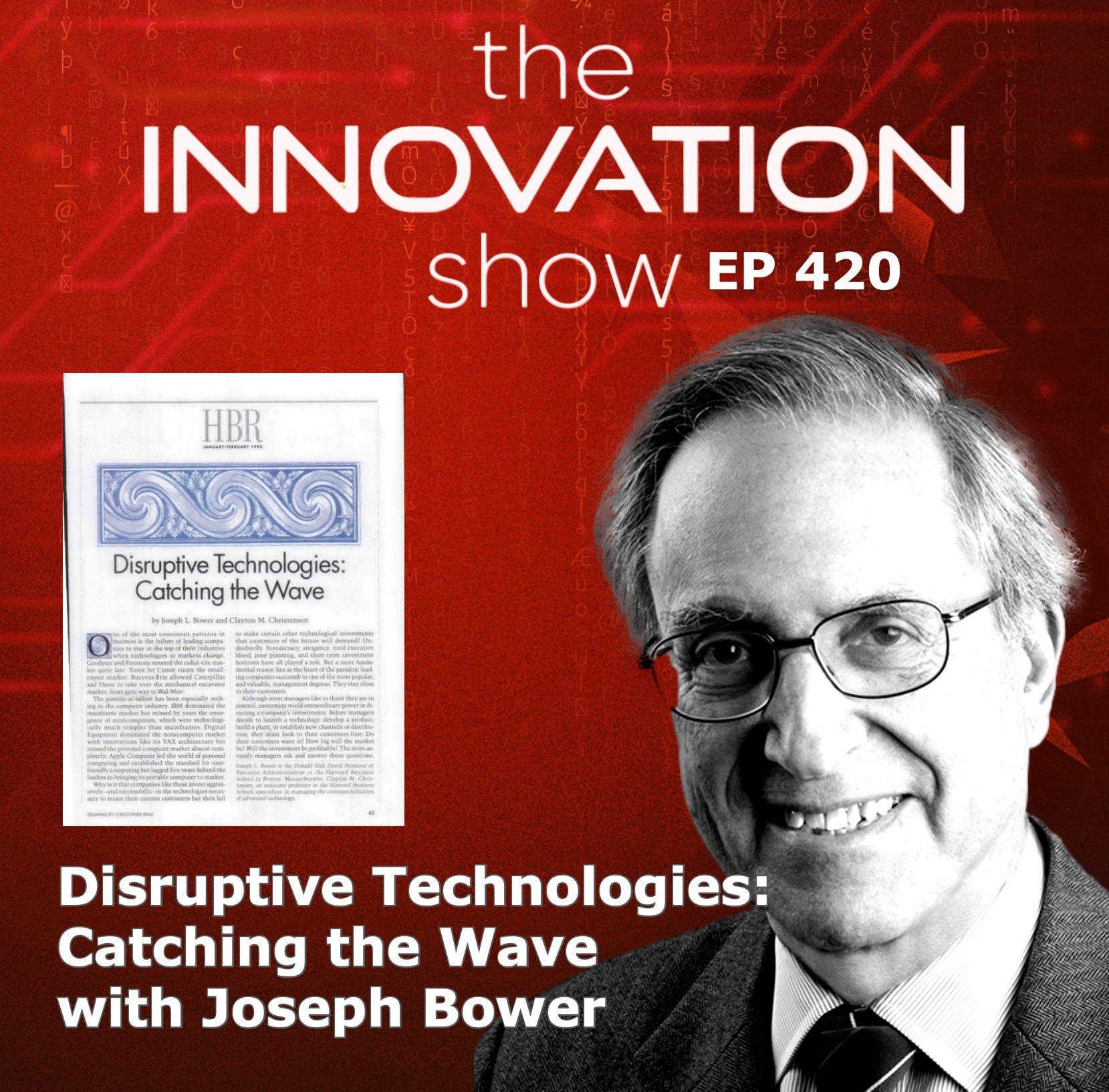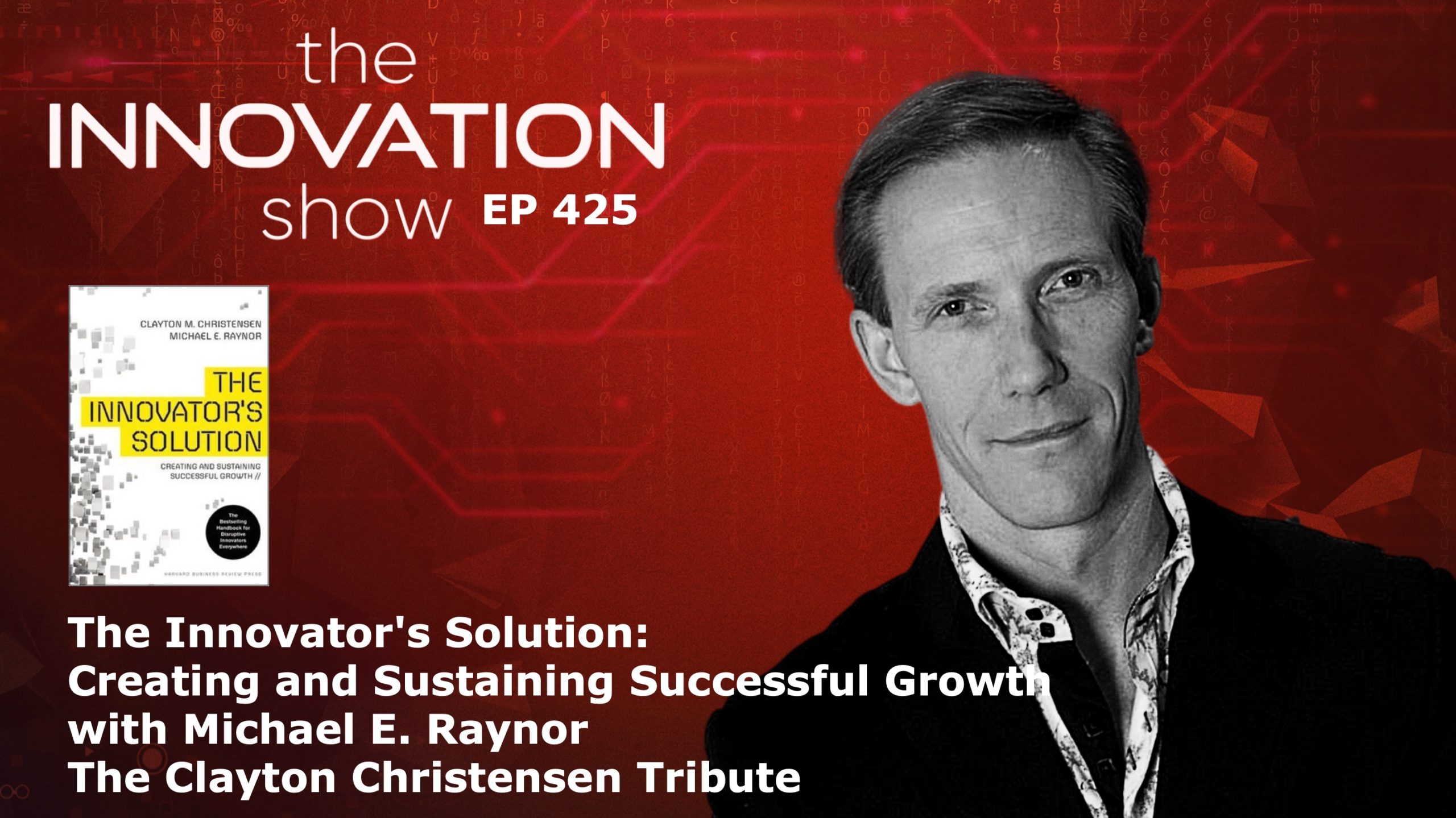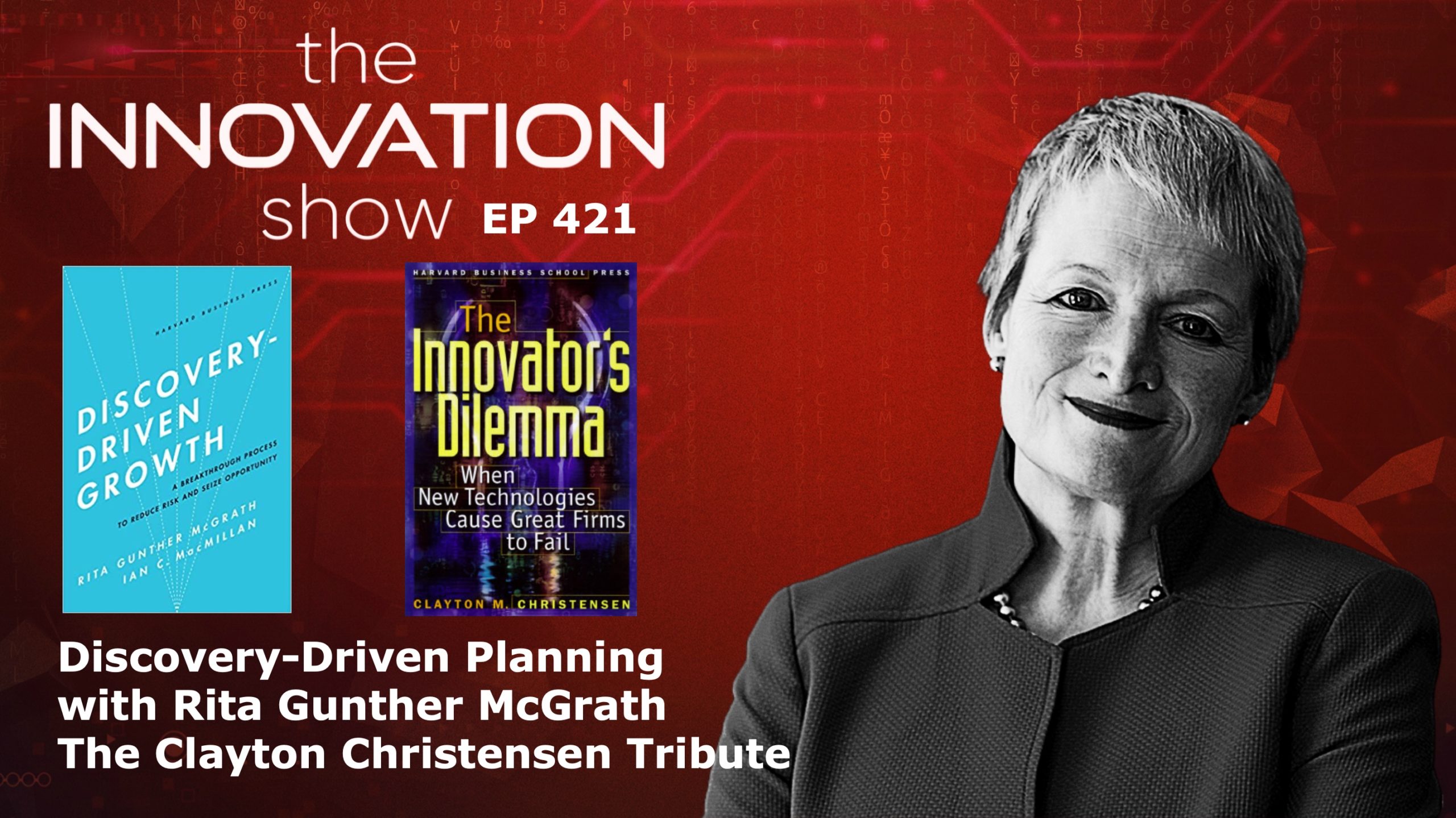Clayton M. Christensen and Michael B. Horn’s “Disrupting Class” is an unsettling title for a book about the schooling process.
The title conveys multiple meanings.
The principal message is that disruption can usefully frame why schools have struggled to improve and how to solve these problems.
Posted 3 years ago Tagged
Some essential lessons in “Seeing What’s Next” relate to disruptive innovations. Four critical lessons are:
1. Disruption is a process, not an event.
2. Disruption is a relative phenomenon. What is disruptive to one company may be sustaining to another company.
3. Different or radical technology does not equal disruptive.
4. Disruptive innovations are not limited to high-tech markets.
Disruption can occur in any product or service market and can even help explain competition among national economies.
Today’s book shows how to use the theories of innovation developed in The Innovator’s Dilemma and The Innovator’s Solution—and introduces some new ones as well.
The book argues that it is possible to predict which companies will win and which will lose in a given situation–and provides a practical framework for doing so.
We are joined by a long-time collaborator, friend and student of both Clayton Christensen, and he is a long-time friend of this show, Scott D. Anthony
The HBR article Scott mentioned: https://hbr.org/2022/01/persuade-your-company-to-change-before-its-too-late
Posted 3 years ago Tagged
Today’s book shows how to use the theories of innovation developed in The Innovator’s Dilemma and The Innovator’s Solution—and introduces some new ones. The book argues that it is possible to predict which companies will win and which will lose in a given situation–and provides a practical framework for doing so. We are joined by a long-time collaborator, friend and student of both Clayton Christensen, and he is a long-time friend of this show, Scott D. Anthony.
Posted 3 years ago Tagged
The Innovator’s Dilemma summarised a theory that explains how, under certain circumstances, the mechanism of profit-maximising resource allocation causes well-run companies to get killed. The Innovator’s Solution, in contrast, summarises a set of theories that can guide managers who need to grow new businesses with predictable success—to become the disruptors rather than the disruptees—and ultimately kill the well-run, established competitors. To succeed predictably, disruptors must be good theorists. As they shape their growth business to be disruptive, they must align every critical process and decision to fit the disruptive circumstance.
We are joined to share some concepts from The Innovator’s Solution by Clayton Christensen’s co-author Michael E. Raynor
Articles mentioned
Skate to Where the Money Will Be
by Clayton M. Christensen, Michael E. Raynor, and Matthew Verlinden
https://hbr.org/2001/11/skate-to-where-the-money-will-be
Of waves and ripples: Disruption theory’s newest critic tries to make a splash
by Michael E. Raynor
Posted 3 years ago Tagged
The Innovator’s Dilemma summarised a theory that explains how, under certain circumstances, the mechanism of profit-maximising resource allocation causes well-run companies to get killed. The Innovator’s Solution, in contrast, summarises a set of theories that can guide managers who need to grow new businesses with predictable success—to become the disruptors rather than the disruptees—and ultimately kill the well-run, established competitors. To succeed predictably, disruptors must be good theorists. As they shape their growth business to be disruptive, they must align every critical process and decision to fit the disruptive circumstance.
We are joined to share some concepts from The Innovator’s Solution by Clayton Christensen’s co-author Michael E. Raynor
Articles mentioned
Skate to Where the Money Will Be
by Clayton M. Christensen, Michael E. Raynor, and Matthew Verlinden
https://hbr.org/2001/11/skate-to-where-the-money-will-be
Of waves and ripples: Disruption theory’s newest critic tries to make a splash
by Michael E. Raynor
Posted 3 years ago Tagged Aidan McCullen Business Clayton Christensen Disruption Disruptive Innovation Entrepreneurship Innovation Leadership Michael Raynor Strategy Technology The Innovator's Solution Transformation
The Innovator’s Solution summarises a set of theories that can guide managers who need to grow new businesses with predictable success—to become the disruptors rather than the disruptees—and ultimately kill the well-run, established competitors. To succeed predictably, disruptors must be good theorists. As they shape their growth business to be disruptive, they must align every critical process and decision to fit the disruptive circumstance.
Posted 3 years ago Tagged Aidan McCullen Clayton Christensen Innovation Paul Carlile and Clayton Christensen Strategy Theory Building Transformation
The paper I wanted to share today aims to provide a common language about the research process that helps management scholars spend less time defending the style of research they have chosen and build more effectively on each other’s work.
I felt this series on Clayton Christensen’s work and theories would be incomplete without this episode.
It is a great pleasure to welcome the co-author of that paper and a person who has built on this work considerably, Paul Carlile.
Posted 3 years ago Tagged
Our guest’s award-winning research introduces a new perspective on value creation and competition when industry boundaries break down in the wake of ecosystem disruption. His two books, The Wide Lens and Winning the Right Game, have been heralded as landmark contributions to strategy literature. Clayton Christensen described his work as “Path-breaking”, and Jim Collins has called him “One of our most important strategic thinkers for the 21st century.”
It is a pleasure to welcome Ron Adner.
Find Ron here: https://ronadner.com
Posted 3 years ago Tagged Aidan McCullen Business BYU Idaho Clark Gilbert Clayton Christensen Deseret Dual Transformation Entrepreneurship Human Potential Innosight Innovation Leadership Strategy Technology Undisruptable
Clark G. Gilbert on Clayton Christensen, “Dual Transformation” and “From Resource Allocation to Strategy”
Posted 3 years ago Tagged Aidan McCullen Business Clayton Christensen Corporate Culture Discovery Driven Planning Disruption Entrepreneurship Innovation Leadership Rita McGrath Strategy Transformation
Discovery-Driven Planning with Rita Gunther McGrath The Clayton Christensen Tribute








